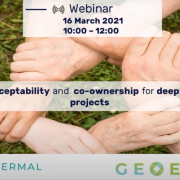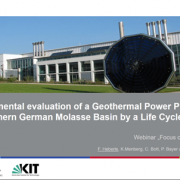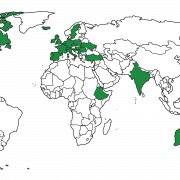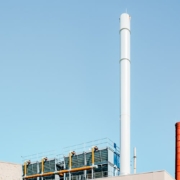CHPM2030 Cornwall field trip
The CHPM2030 partners met in Cornwall between the 22-24th of May, to study the Cornubian granite province, which is a potential CHPM site in the future. The field trip was led and hosted by Eimear Deady and Richard Shaw from the British Geological Survey.
The first day started at the United Downs geothermal project site. This site is being prepared for a geothermal drilling operation. The well doublet goes into the Carnmenellis granite body and the produced hot water will fuel a demonstration power plant with 1 megawatt of electric power. The next stop from the field trip was at the Carn Brea viewpoint where the tectonic setting, geology and mineralization in the area around the Camborne-Redruth mining district was explained. Next, the partners visited the famous Crowns engine houses at Botallack and had a guided tour at the Geevor tin mine, including ore processing facilities and underground tunnels. In the evening, the CHPM2030 partners had the opportunity to network with industry representatives in Cornwall, including the Cornish Lithium, GeoScience Limited, Avalon Science Limited, Camborne School of Mines and EGS Energy.
On the second day, the group visited the old HDR site at Rosemanowes Quarry in the Carnmenellis Granite. The deep drill holes, (>2000 meters), are still open and perfect for Avalon Science Limited to test and calibrate their latest cutting edge equipments. The next stop was at the Wheal Jane mine water treatment plant. Wheal Jane was a tin mine, which closed in 1991. The water is currently being pumped from the mine and treated in surface facilities. During the afternoon the partners studied the porphyritic biotite granite at Cligga head. Sheeted greisen tin-tungsten (Sn-W) and tin-tungsten-copper (Sn-W-Cu) can be observed with sulphide mineralizations. The second day finished with a discussion about the study area’s evaluation strategies related to WP6 – Roadmapping and Preparation to Pilots. The field trip was closed with the visit to Rinsey Cove, where it could be observed how the Tregonning-Godolphin Granite intruded into the local metasedimentary rocks, and their interaction.
360 degree view of the granite-metasediment contact zone, exposed near the shore platform (drag and move the photo to look around).
The CHPM2030 partners gather again in Romania to visit the next study area!
- Reference: Evolution of the Cornubian granite province, its mineralisation history and geothermal potential – Guide to the field excursion, edited by Eimear Deady, Richard Shaw, Paul Lusty, Chris Rochelle, BGS, soon available from CHPM2030 website.

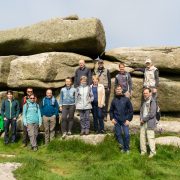
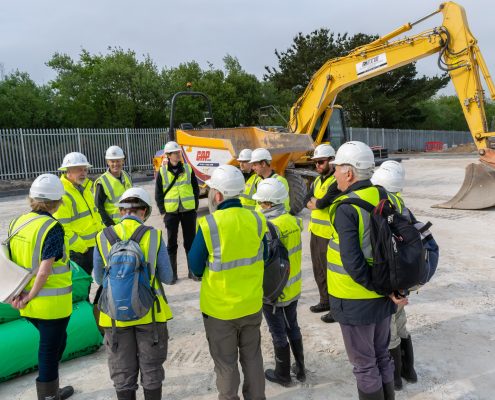
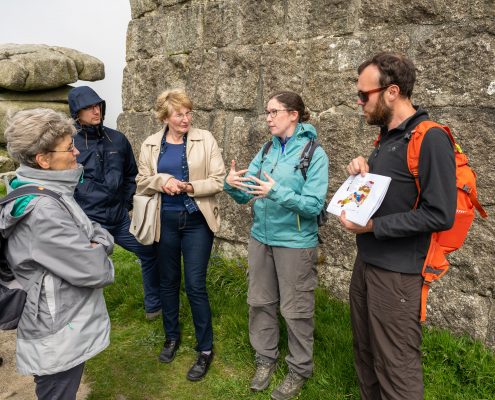
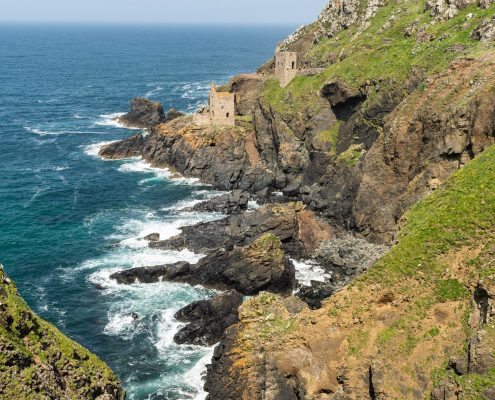
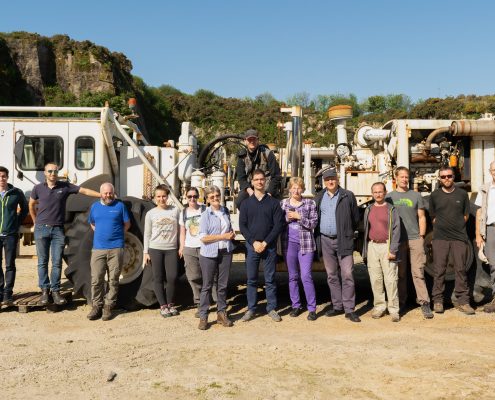
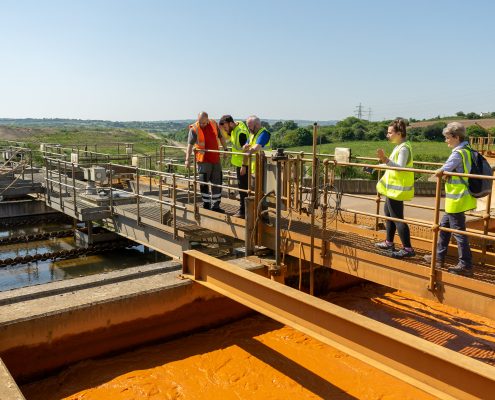

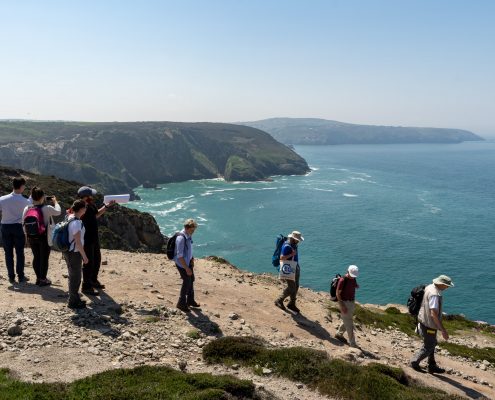
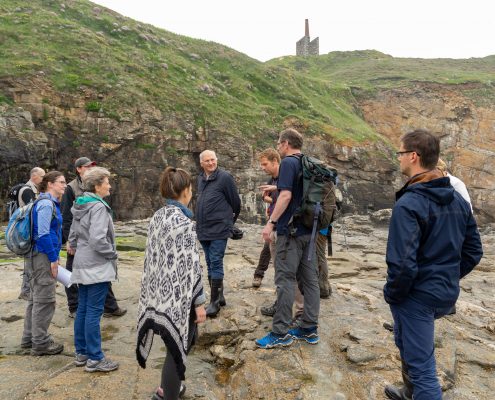

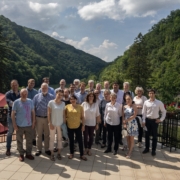 Tamas Miklovicz
Tamas Miklovicz